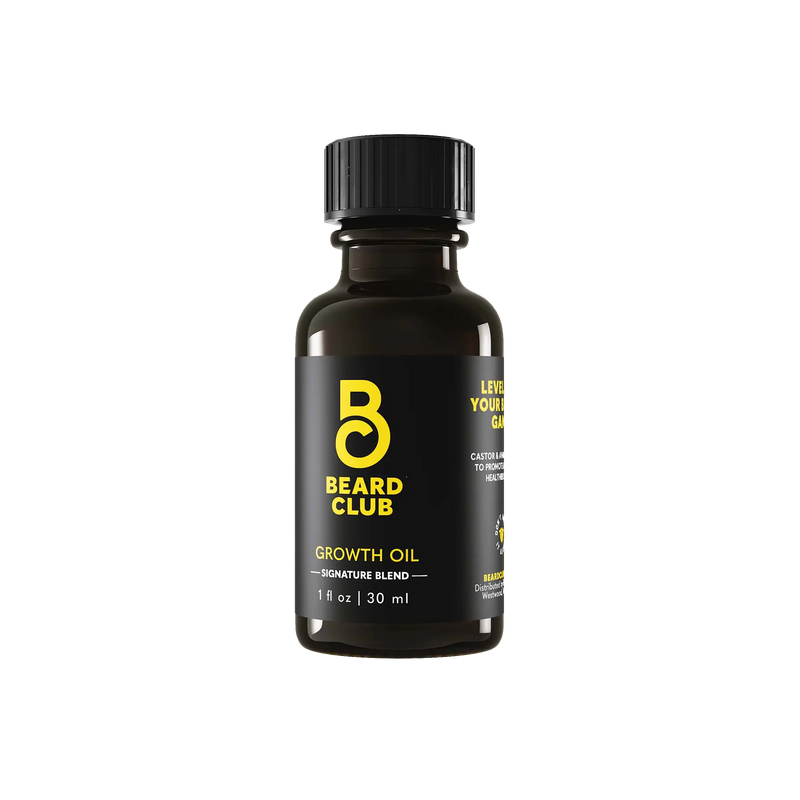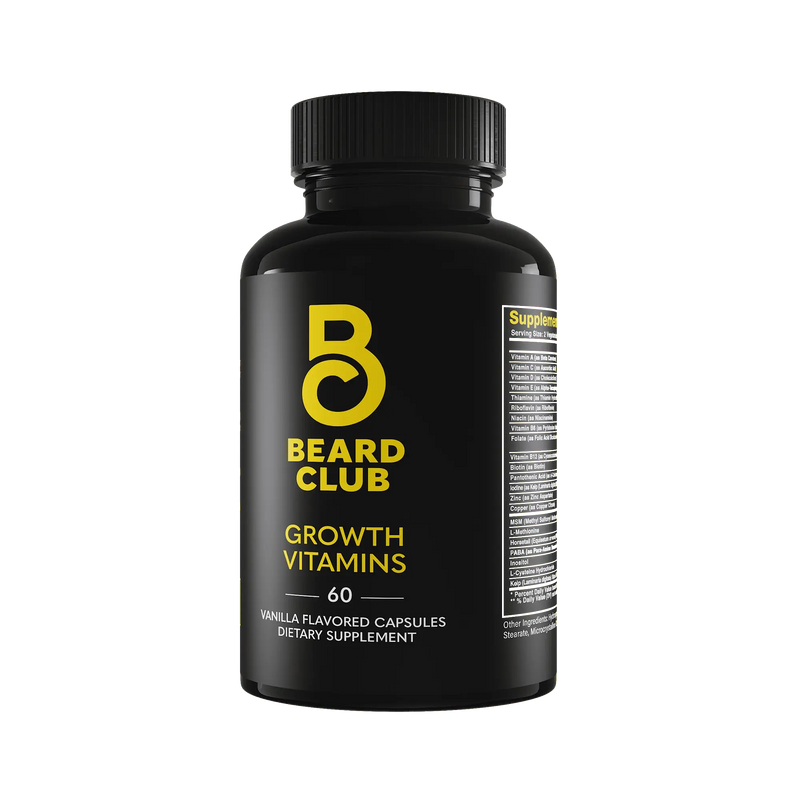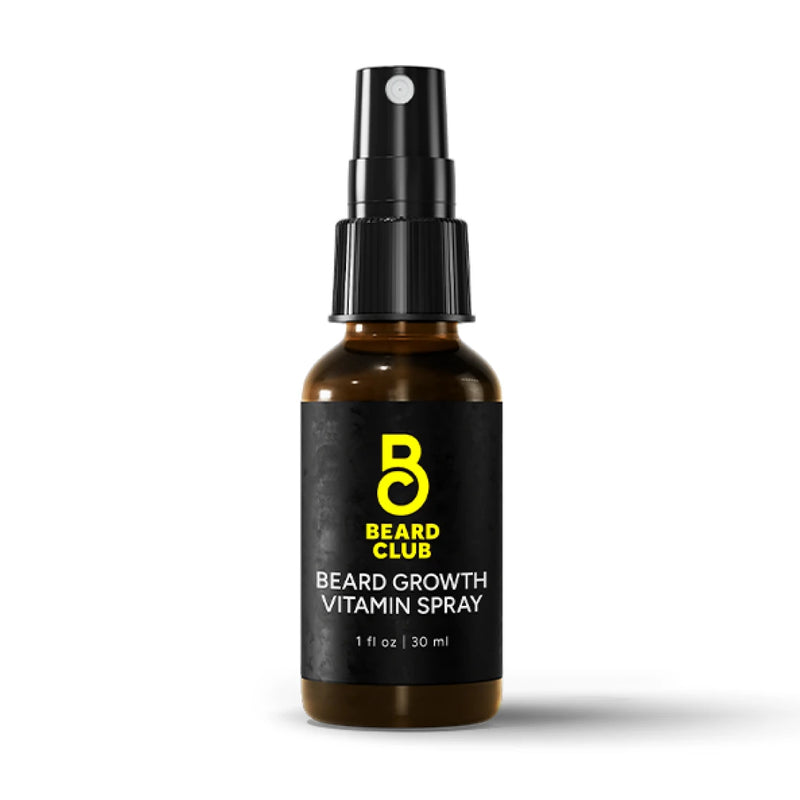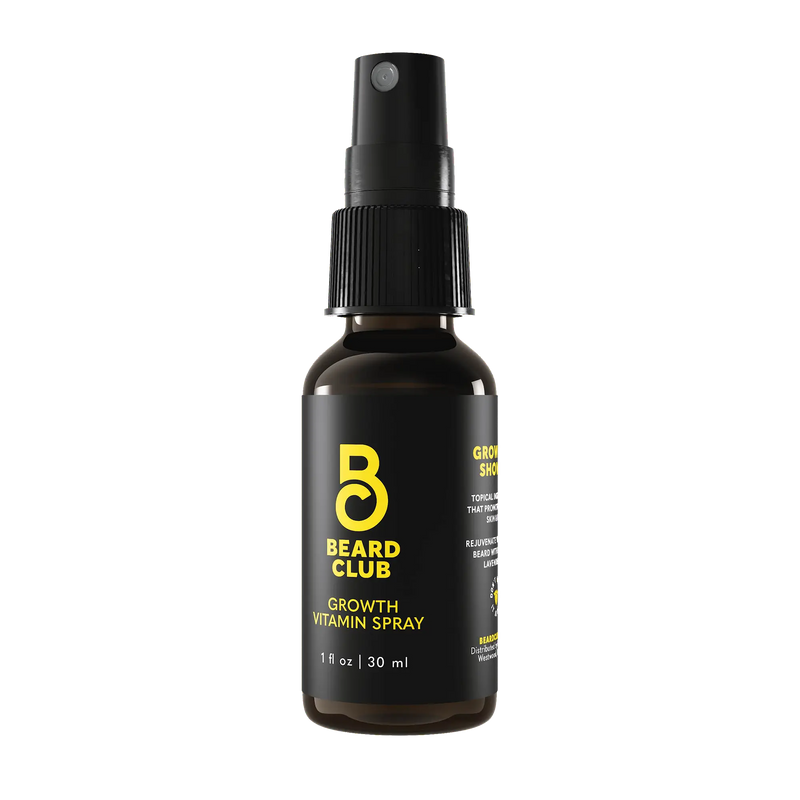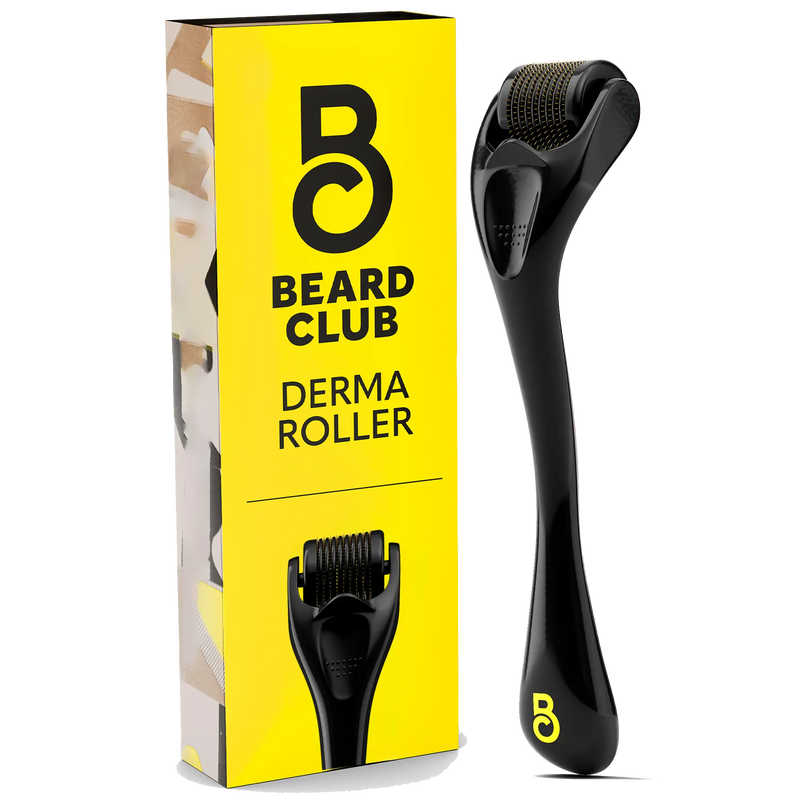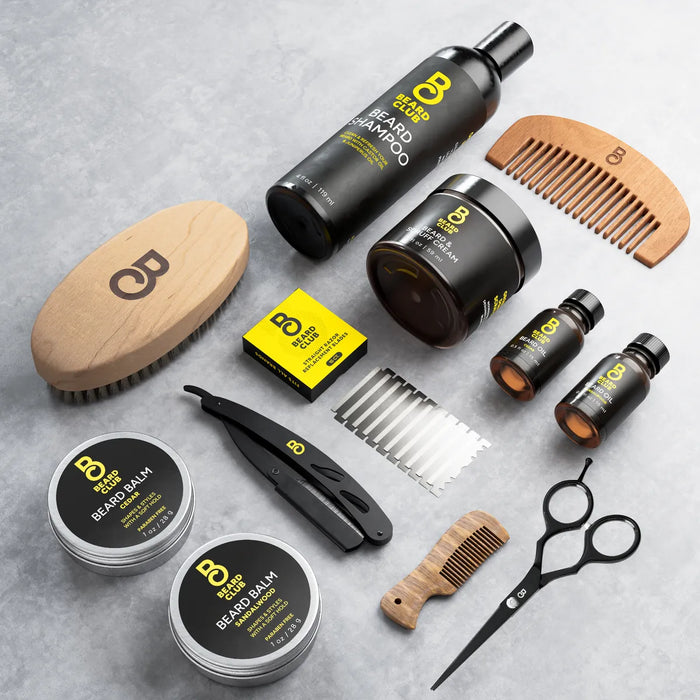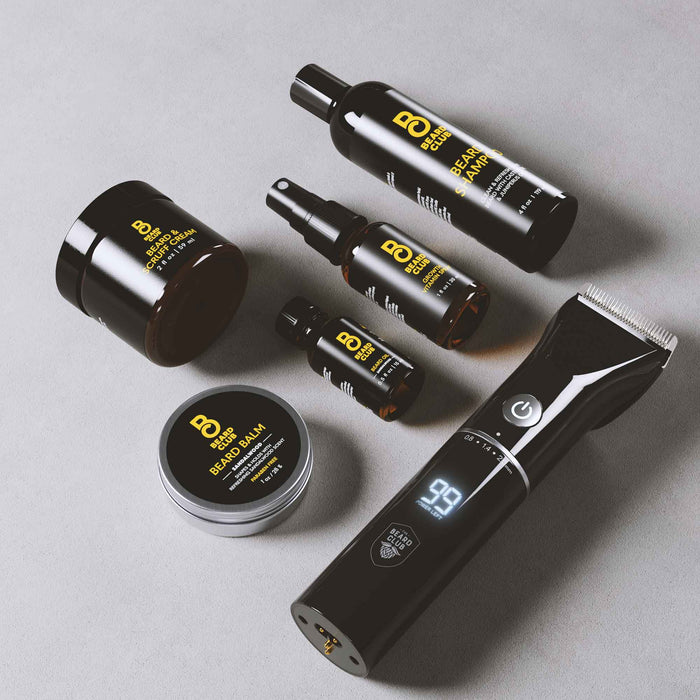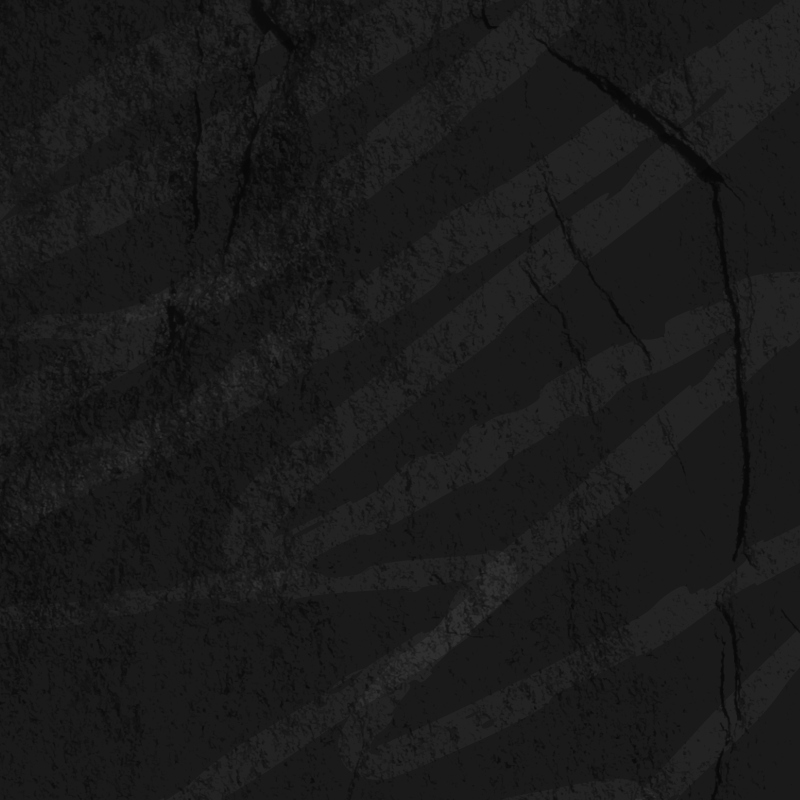Razor Burn: How To Soothe and Get Rid of Razor Burn
Razor burn. The phrase sends shivers down the spine of anyone who’s ever experienced its wrath. You’ve just finished what you thought was a clean, close shave, only to be greeted by red, irritated skin and a burning sensation that can ruin your day.
Whether you’re new to shaving or have been handling a razor for years, razor burn can strike at any time. Beyond discomfort, razor burn can lead to swelling, razor bumps, and pseudofolliculitis barbae (the fancy name for ingrown hairs).
Still, with the right knowledge and a few simple steps, you can soothe the irritation and prevent razor burn in the future. In this guide, we’ll discuss what causes razor burn, methods for managing it, and how quality grooming gear from The Beard Club can support a healthy shaving ritual.
What Causes Razor Burn?
Before looking into remedies, you first need to understand what causes razor burn. Razor burn develops when the skin becomes irritated after shaving. This irritation can be due to several factors, including:
Incorrect Shaving Technique
Shaving against the grain, applying too much pressure, or using too many strokes can irritate your skin and isn’t any better for hair removal. While it may work for some hair types, shaving against the direction of hair growth increases the likelihood of hair follicles being pulled and cut unevenly, resulting in inflammation and irritation (or even folliculitis).
Dull or Dirty Razor Blades
A dull razor blade forces you to press harder and go over the same area multiple times, increasing the risk of skin irritation. Plus, dirty blades can harbor bacteria, infecting tiny cuts or abrasions on the skin and leading to those pesky red bumps.
Dry Shaving
Shaving without shaving cream or shaving gel causes more friction between the razor and your skin, which can contribute to uncomfortable skin problems. This friction can lead to microscopic tears and irritation, making your skin more vulnerable to razor burn.
Sensitive Skin
People with sensitive skin are more prone to experiencing razor burn. Skin sensitivity can develop due to genetics, certain skin conditions, or environmental factors. If you have sensitive skin, take extra steps to avoid itchiness, pimples, and other issues.
Improper Skincare
Failing to properly care for your skin post-shave can also lead to razor burn. Failing to moisturize or using the wrong type of products can leave your skin dry and irritated. A soothing aftershave lotion and proper aftercare can help stop razor bumps from showing up.
How To Soothe Razor Burn
If you’re already dealing with razor burn, don’t worry. There are multiple tried-and-true ways to soothe your skin and manage irritation. Here are those remedies:
Cool Compress
Nothing beats the immediate relief of a cool compress for razor burn. Grab a clean, damp washcloth or towel soaked in cold water and press it against your irritated skin for a few minutes. The chill helps manage inflammation and can encourage a calm sensation. It's a simple yet effective way to take the edge off and provide your skin a much-needed break.
Aloe Vera
Aloe vera is your skin’s best friend. Apply pure aloe vera gel directly to the razor burn. This plant can help calm the irritation and provide essential moisture to the affected area. Its anti-inflammatory properties work wonders in supporting the healing process. Just slather it on and let it get to work.
Witch Hazel
Witch hazel is like a secret weapon against razor burn. This natural astringent helps manage redness and irritation. Dab a small amount of witch hazel on a cotton ball and gently apply it to the razor burn. It can help soothe the skin and manage signs of swelling.
Coconut Oil
Coconut oil isn’t just for cooking; it’s a top-notch moisturizer with soothing properties. Rub a thin layer of coconut oil onto the irritated area to help hydrate your skin. The oil’s antimicrobial properties also help prevent infection in tiny cuts and abrasions. Plus, it smells fantastic and leaves your skin feeling smooth and supple.
Oatmeal Bath
When razor burn covers a larger area, like your legs or chest, an oatmeal bath can provide support. Oatmeal has moisturizing properties that help calm irritated skin. Add a cup of finely ground oatmeal to a lukewarm bath and soak for 15-20 minutes. It’s a relaxing way to manage your discomfort.
Over-the-Counter Remedies
Sometimes, you need to bring in the big guns. Over-the-counter creams and lotions specifically designed to treat razor burn can be helpful. Look for hydrocortisone cream to help manage inflammation or products with chamomile and calendula, known for their soothing properties. These products can help calm the burn and support your natural recovery.
How To Prevent Razor Burn
While treating razor burn is essential, preventing it from happening in the first place is even better. Here’s how you can enjoy a smooth, comfortable shave without the hassle of razor burn:
Use a Sharp, Clean Razor
Always use a sharp razor blade and replace it regularly. A dull blade requires more pressure and multiple passes, increasing the risk of irritation. Additionally, make sure your razor is clean before each use to prevent bacteria from causing infections and further irritation.
Shave After a Shower
Shaving after a shower is ideal because warm water softens your facial hair and opens your pores. This effect makes shaving easier and reduces the risk of irritation. Softened hair is easier to cut, and open pores help the razor glide smoothly over the skin.
Shave in the Direction of Hair Growth
Shaving in the direction of hair growth helps minimize irritation. While it might not provide as close a shave, it significantly reduces the risk of razor burn. If you need a closer shave, reapply shaving cream and gently shave against the grain on a second pass.
Don’t Shave Too Often
Giving your skin a break between shaves reduces the risk of irritation by allowing it time to recover. Avoid shaving daily and instead shave every other day or a few times a week. This approach gives your skin time to heal and reduces the frequency of razor exposure.
Moisturize After Shaving

After shaving, try a soothing beard balm or alcohol-free moisturizer to help hydrate your skin and support facial hair. Look for products specifically designed for post-shave care, as they often contain ingredients that help calm the skin.
Moisturizing helps support the skin’s natural barrier and keeps it looking nice and fresh. After all, you don’t want dry, flaky skin under your beard.
How To Choose the Right Products To Avoid Razor Burn
The products you use during and after shaving can go a long way in preventing razor burn. Here’s what to look for:
Shaving Creams and Gels
Choose shaving creams and gels designed to provide a rich, protective lather. Products with natural ingredients like aloe vera, chamomile, and tea tree oil can help support and protect your skin during shaving. If you have sensitive skin, avoid products with alcohol or artificial fragrances, as these can be drying and irritating to some.
Aftershaves
Choosing an aftershave with soothing ingredients, such as witch hazel, aloe vera, and tea tree oil are always solid choices for post-shave skin support. These ingredients can help you manage irritation and overall skin moisture.
Razors

Invest in a high-quality razor that suits your skin type and shaving needs. Multi-blade razors can provide a close shave but may irritate some people. Consider using a single-blade safety razor or straight razor, which can be gentle on the skin and make you feel suave and smooth, like James Bond.
What Are Common Myths About Razor Burn?
There are quite a few misconceptions about razor burn that can be confusing. Let’s debunk some of the most common myths about razor burn so that you can stay on the right track.
Myth #1: Razor Burn Only Affects Men
Razor burn can affect anyone who shaves, regardless of gender. While it’s often associated with men’s shaving routines, anyone can experience razor burn on their legs, underarms, and pubic area. That means you and your partner can save yourselves from discomfort by applying the tips we listed above.
Myth #2: More Blades Mean a Better Shave
More blades don’t necessarily mean a better shave or less razor burn. While multi-blade razors and foil electric razor blades may provide a closer shave, they can also irritate your skin. Single-blade safety razors can be just as effective and are often gentle on the skin.
Myth #3: Shaving Every Day Is Best
Shaving daily can increase the risk of irritation, especially if you have sensitive skin. Giving your skin a break between shaves allows it time to recover and reduces the likelihood of razor burn.
The Bottom Line
Razor burn is a common but preventable issue that can typically be managed with the right techniques and products. By understanding what causes razor burn and how to soothe it, you can achieve a more comfortable shave.
Remember to use a sharp, clean razor, shave after a shower, and moisturize your skin post-shave. You can also supplement your shaving regimen with The Beard Club's shaving solutions. With these tips and tools, you can say goodbye to razor burn.
Sources:
Sensitive Skin: Causes, Self-Care, and When to Seek Help | Verywell Health

